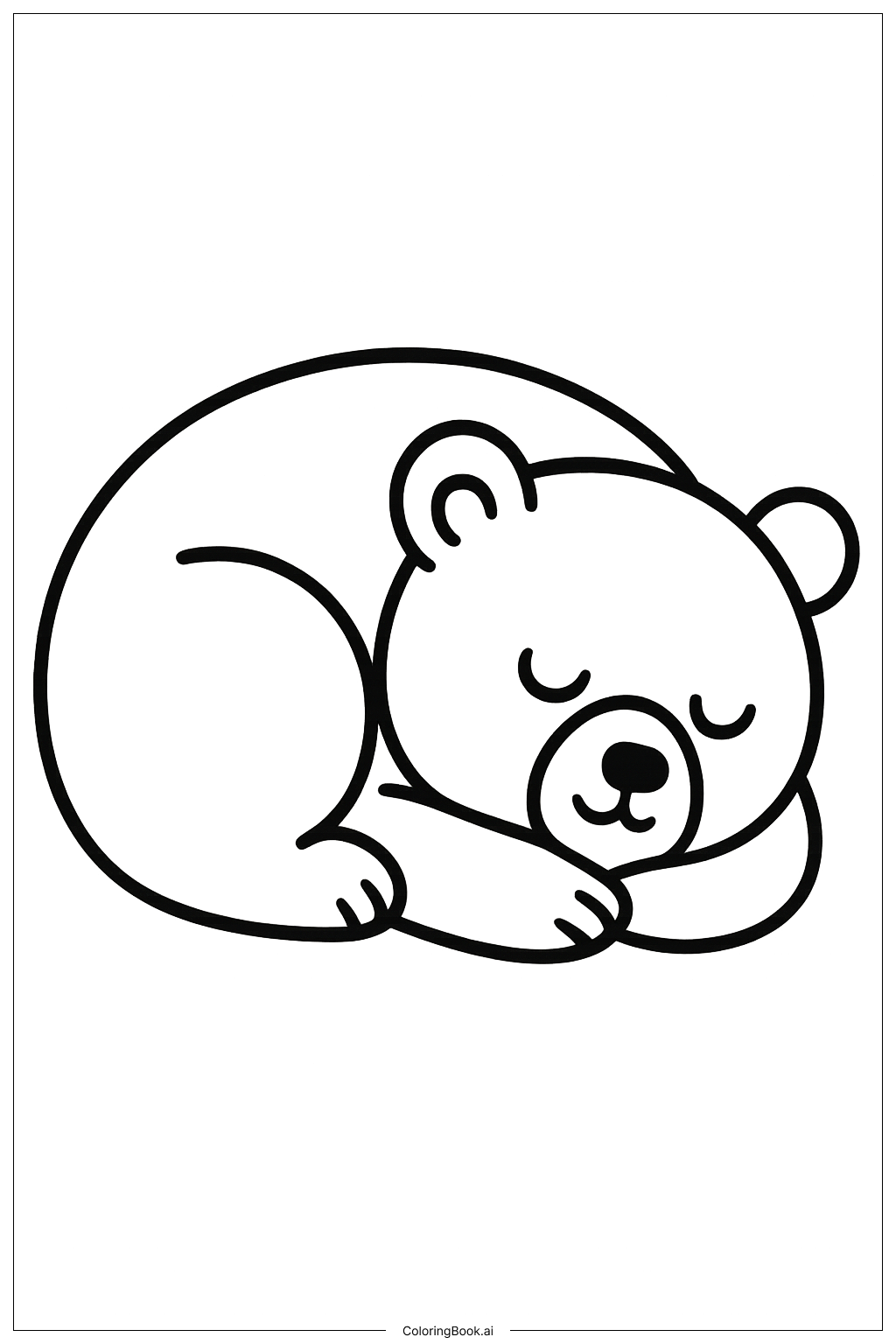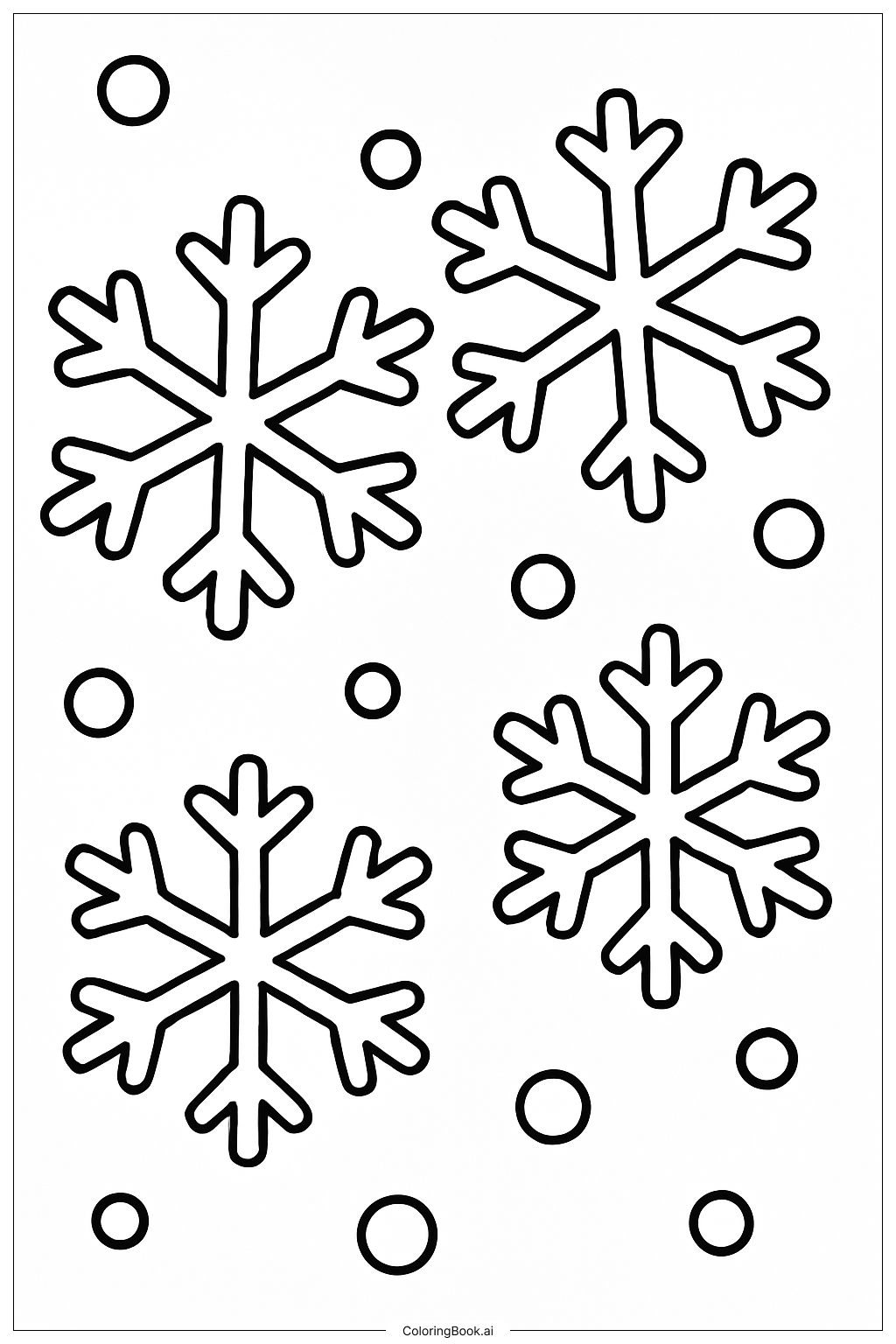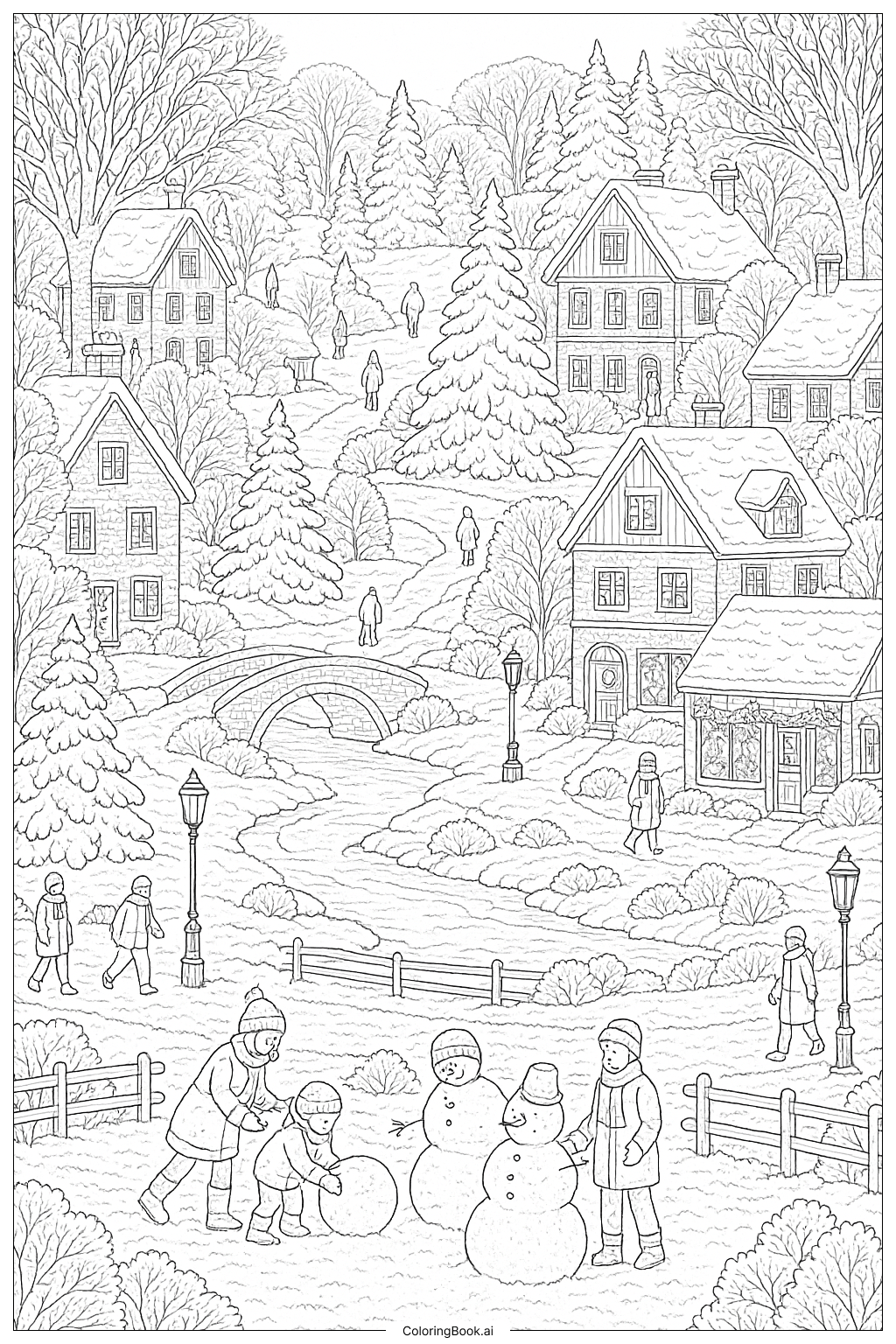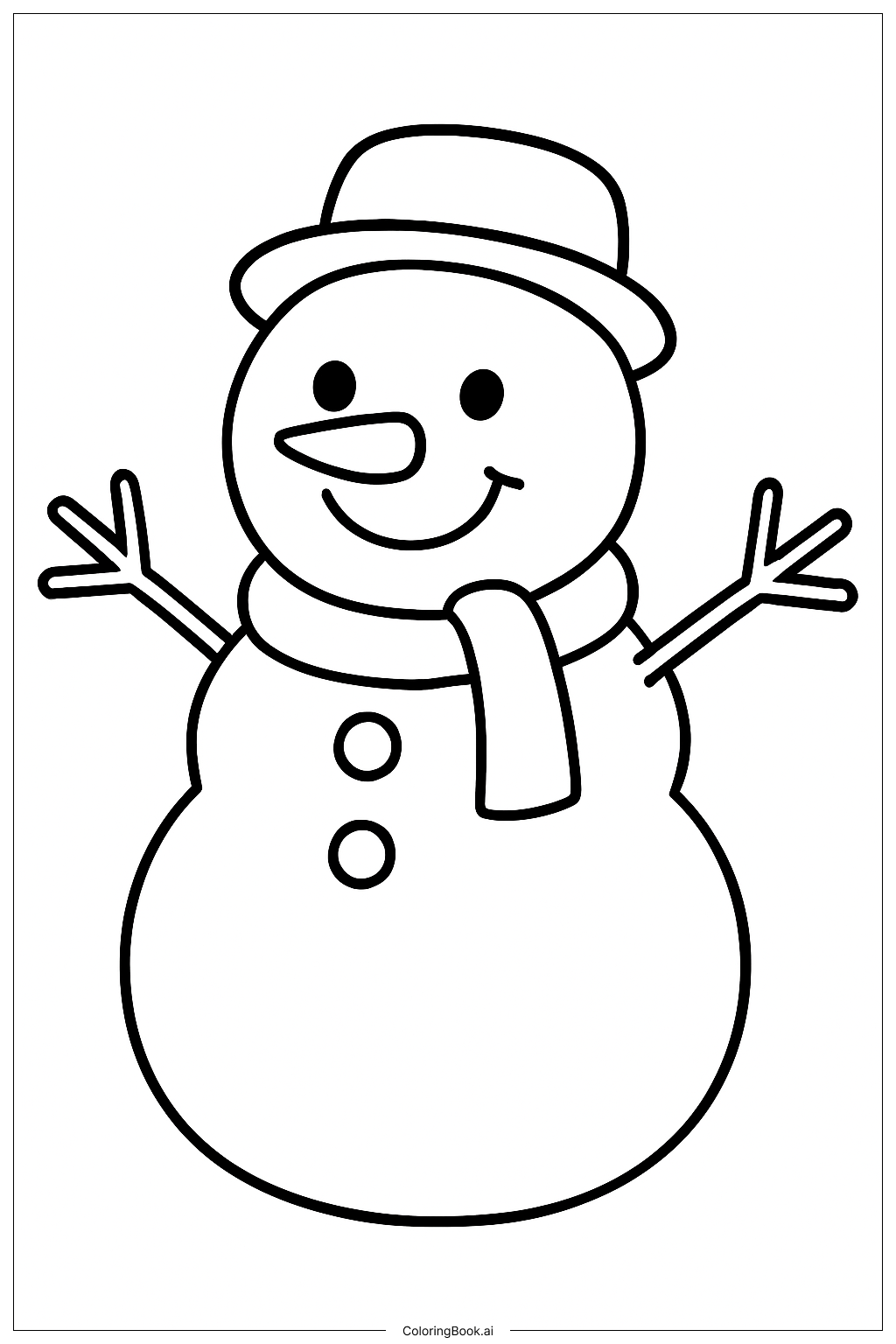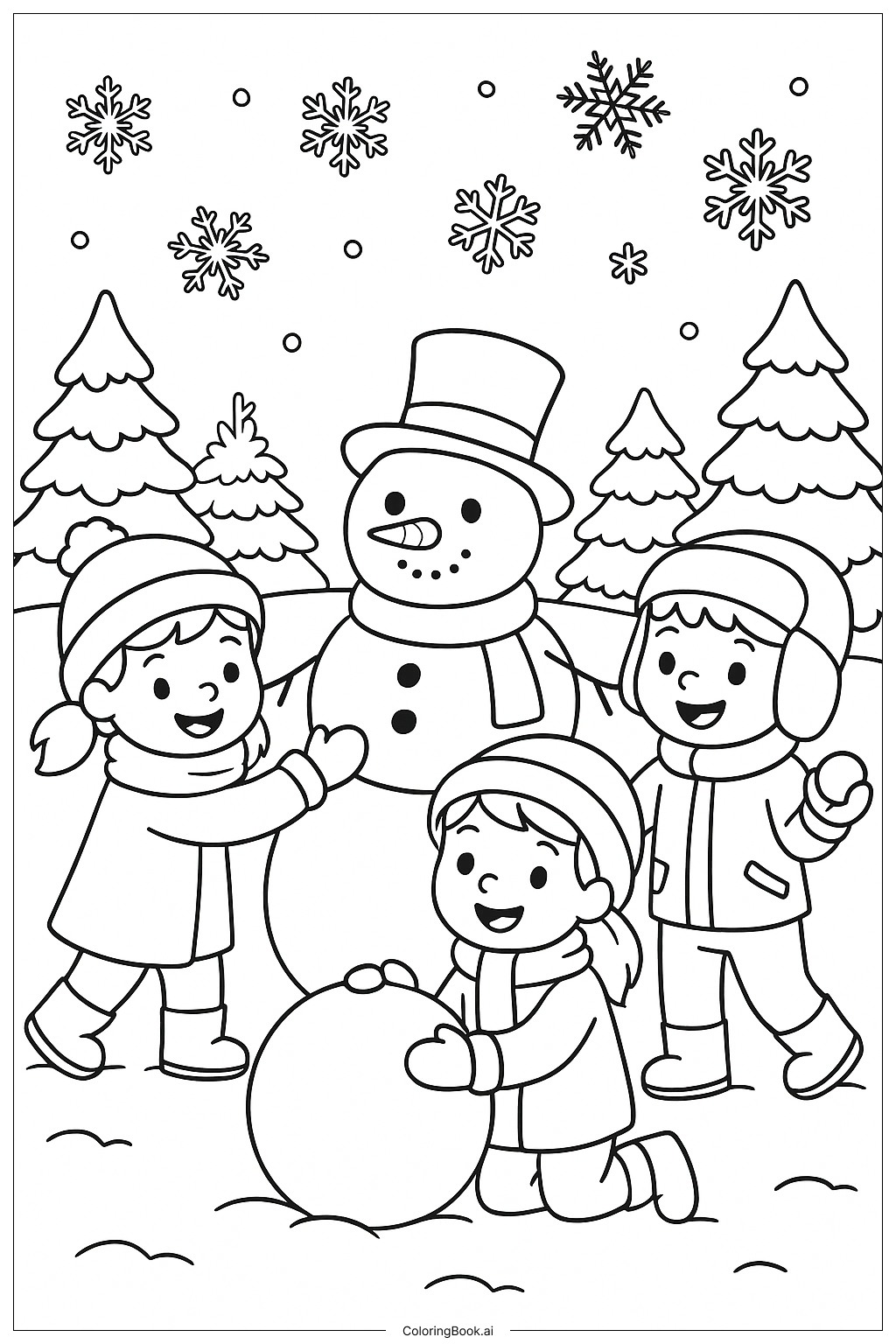Coloring tips: How to color Bear's Winter Sleep coloring page well?
You can use soft brown or dark brown colors for the bear’s fur to make it look natural. Try using light shades for the highlight areas to add depth. For the nose, a darker black or dark gray works well. If you want to be creative, you can add subtle patterns or textures on the bear’s body to make it more interesting. Use gentle colors like light blue or white around the bear to represent the snowy feeling of winter.
Coloring challenges: Which parts are difficult to color and need attention for Bear's Winter Sleep coloring page?
1. Filling the large curved areas smoothly without leaving white spots can be hard for younger children. 2. Coloring inside the small details like the bear's nose and claws requires good control and patience. 3. Creating a realistic look by shading and using different tones might be difficult for beginners. 4. Balancing colors so the bear stands out but still looks natural can be tricky. 5. Adding background details or winter elements while keeping the bear the center focus might be challenging.
Benefits of coloring books: Advantages of drawing Bear's Winter Sleep coloring page
Coloring this sleeping bear helps improve concentration and hand-eye coordination. It encourages creativity while learning about animals and winter. The simple design is calming and can reduce stress, making coloring a relaxing activity. Kids can practice shading and color blending skills with this picture. Overall, it promotes fine motor skills and mindfulness, great for all ages.
